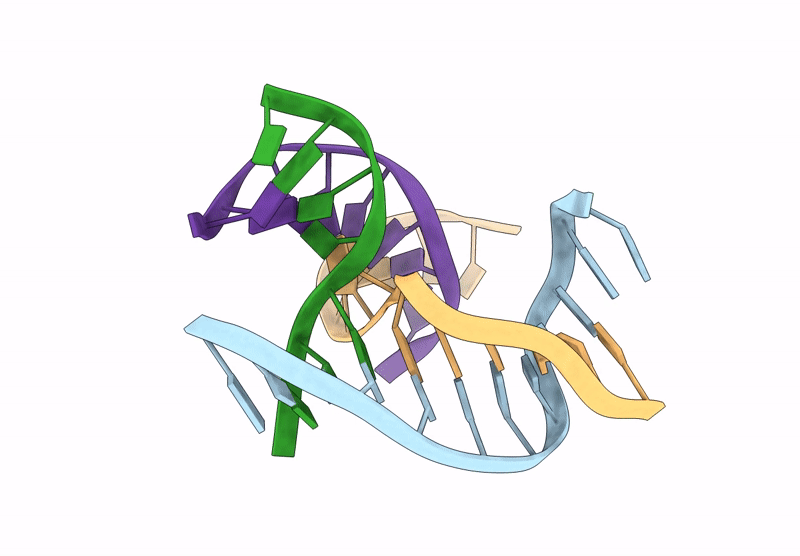
Deposition Date
2022-06-09
Release Date
2023-01-25
Last Version Date
2023-10-25
Entry Detail
PDB ID:
8D93
Keywords:
Title:
[2T7] Self-assembling tensegrity triangle with R3 symmetry at 2.96 A resolution, update and junction cut for entry 3GBI
Biological Source:
Source Organism:
synthetic construct (Taxon ID: 32630)
Method Details:
Experimental Method:
Resolution:
2.96 Å
R-Value Free:
0.22
R-Value Work:
0.18
R-Value Observed:
0.18
Space Group:
H 3


